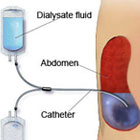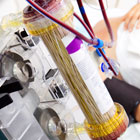What is Dialysis?
Healthy kidneys keep a balance of water and chemicals in your blood all the time. (We call this balance homeostasis.) To do this, they:
- Filter out water and wastes
- Control blood pressure
- Make hormones
Just 50 years ago, if you had chronic kidney disease and your kidneys failed, you would have died. There was no treatment that could save your life. Now there are two: kidney transplant and dialysis.
Dialysis is a treatment that can clean the blood. A filter is used to remove wastes. A membrane (thin layer of tissue) keeps blood separate from a special fluid called dialysate. The membrane has tiny pores in it that let wastes and water out. Protein and other large cells your body needs to keep are too big to fit through the pores.
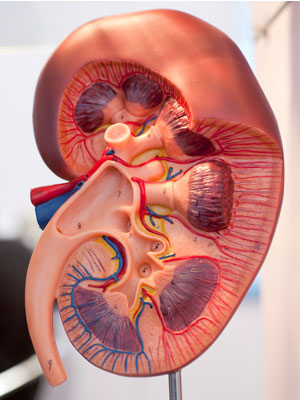
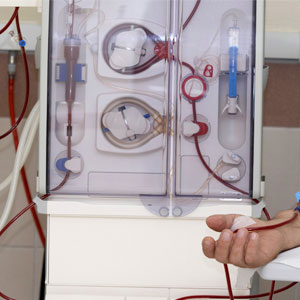
How Dialysis Removes Wastes
Dialysis uses a principle called diffusion to clean wastes out of the blood. Here's how it works. Dialysate is made of clean water and small amounts of the wastes that need to be removed. Your blood has much more of these wastes than the dialysate does. This difference is called a gradient. The gradient causes the wastes to move through the membrane. The movement goes on until the levels on both sides of the membrane are the same. You use diffusion each time you make coffee or tea. The coffee or tea diffuses into the hot water.
How Dialysis Removes Water
Water is removed in dialysis in one of two ways:
Osmosis:When the level of wastes on both sides of a membrane differs, water will move through until both sides are the same. So, we add sugar or other chemicals to the dialysate. This forces water to move out of the blood.
Ultrafiltration:Pressure from a pump pulls water out of the blood.
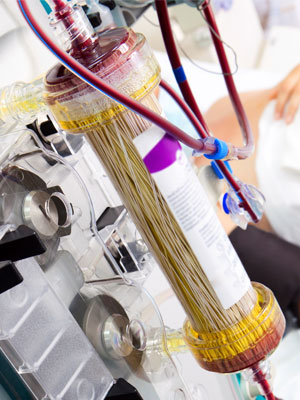
Water in our bodies is in three “spaces”—but, dialysis can reach just one of them. Watch this video to see why gentle treatments are best.
There are two main ways to do dialysis: Peritoneal Dialysis and Hemodialysis. This table shows you how they both work.
